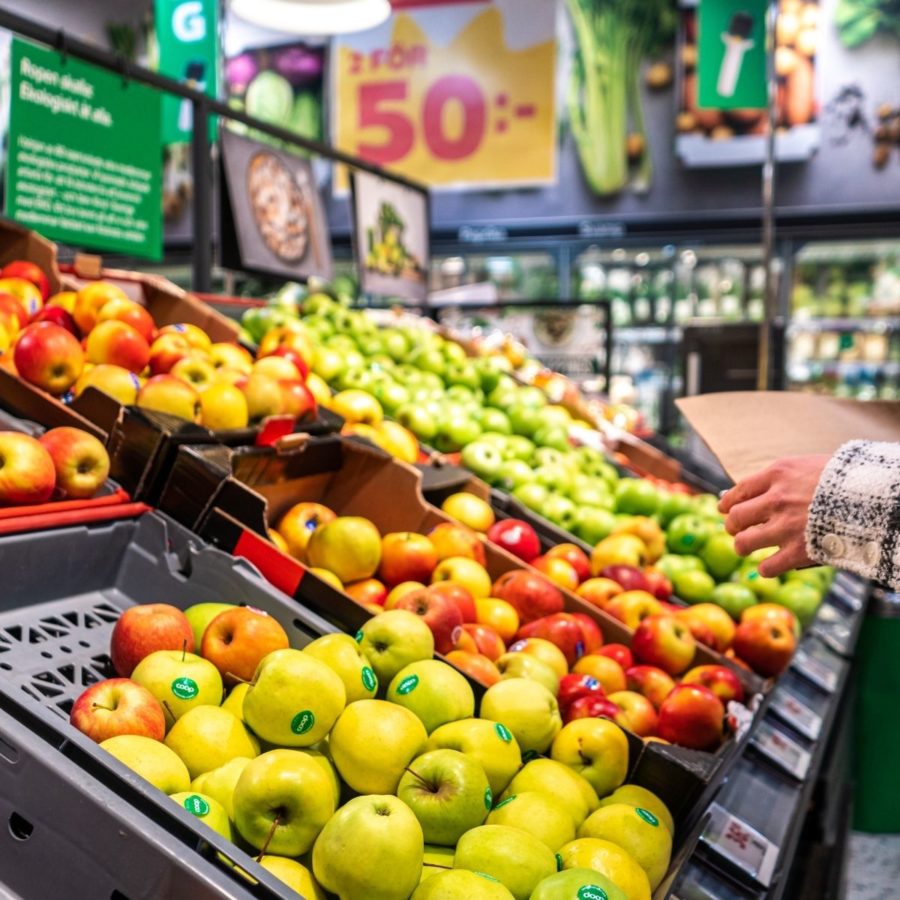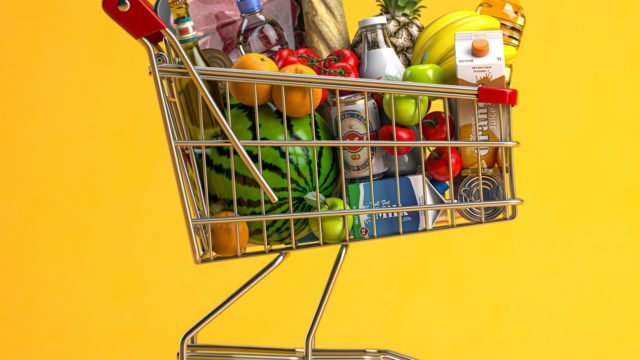How Sensitive is the Price of Food and Drink?
As the inflation rate is soaring, the focus has so far been on energy prices. But the price of food is also increasing more rapidly than in recent years.

Our deputy director Professor Adrian Pabst spoke with Larissa Marioni, an economist at NIESR who has been working on a project estimating food and drink demand elasticities. A number of factors have contributed to a general supply shock, including the impact of the Covid-19 pandemic, supply chain problems and the war in Ukraine.
Why are food and drink demand elasticities important?
Food and drink demand elasticities are important because they measure how the demand for a food or drink product changes not only in response to its own price but also in response to price changes in other products, as well as to changes in income. The ongoing war in Ukraine, which has added to the supply shock caused by the Covid-19 pandemic, is likely to keep pushing prices up even further. In this context, it is crucial from a policy point of view to understand how market prices affect consumers’ food and drink behaviour, particularly for low- and middle-income households.
Sustained sharp increases in food prices could trigger changes in people’s diet towards unhealthy, cheaper foods that are associated with increases in the incidence of obesity and cardiovascular diseases. Therefore, estimates of food and drink demand elasticities provide guidance that allows policy makers to design better interventions in order to promote healthier nutritional consumption.
What does the evidence show?
Unsurprisingly, we find that for most products the demand falls when their price rises and the demand increases when income increases, but sensitiveness varies across products. For example, the response is very high in the case of alcohol. Increases in prices significantly reduce alcohol purchases, and when income increases, the demand for alcohol increases disproportionally, as it is perceived to be a luxury good. The former is particularly true for working class families.
We also find that products such as frozen confectionery, savoury home cooking and take-home savouries are highly sensitive to changes in prices. Given soaring food prices in recent weeks and months, the impact on consumption of certain products will be more concerning for the poorest families. Our findings show that the demand elasticities were very stable in the pre-pandemic period, but recent supply chain shocks have led to unpredictable changes in consumer behaviour and it is uncertain that this stability will be sustained.
Following discussion of taxes as part of the National Food Strategy recommendations, what are the likely effects of a tax on sugary and salty products?
Our study considers a hypothetical tax on certain products with high sugar or salt content. We find that taxing a specific sugary or salty product will only have a positive impact if it leads to substitution towards healthier products. That is because one needs to consider the effect of prices on the entire shopping basket. For instance, our results suggest that taxing frozen confectionery has the largest impact on reducing sugar intake, but additional increases in the price of soft drinks will have only a limited effect on decreasing sugar consumption. For some products, such as take-home confectionery, a tax might have a perverse impact as consumers swap towards other more sugar-dense products.
As part of the government’s strategy to get the nation fit and healthy, promotions on foods that are high in fat, salt or sugar (HFSS) will be restricted from October 2022 onwards. Considering the growing policy concern, we find that taxing chilled convenience products, which include ready meals and pizzas, may be an efficient way to decrease not only sugar intake but also the overall consumption of salt and fat.








